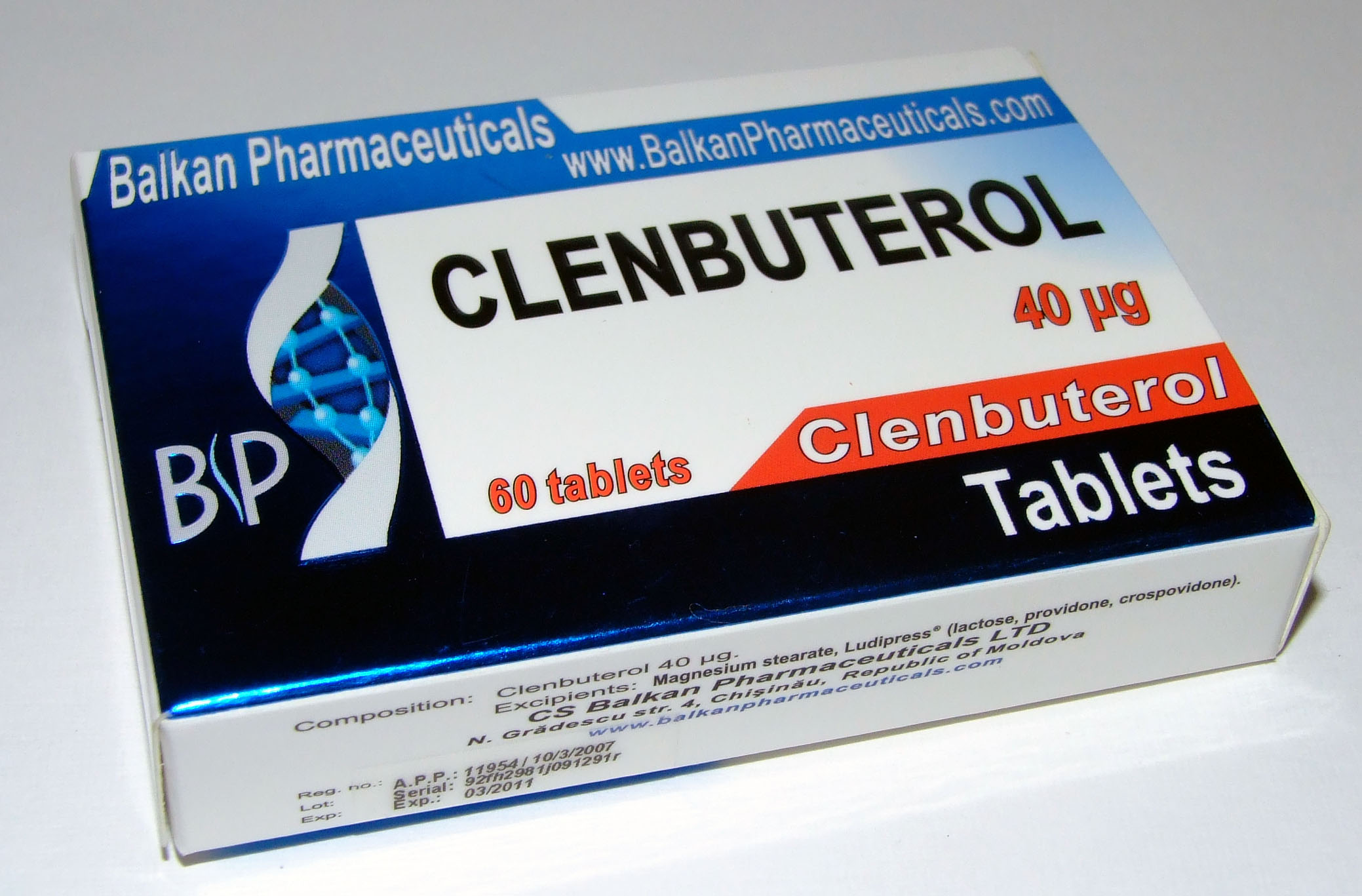
Attenuating the decline in ATP arrests the exercise training-induced increases in muscle GLUT4 protein and citrate synthase activity.
Researchers:
Yaspelkis BB 3rd, Castle AL, Ding Z, Ivy JL
Department of Kinesiology, The University of Texas at Austin, 78712, USA.
Source:
Acta Physiol Scand 1999 Jan;165(1):71-9
Summary:
Thirty-two rats were assigned to one of four groups: control (CON); exercise training (TR); exercise training + clenbuterol treatment (0.8 mg/kg/day ) (TR + CL) or exercise training + clenbuterol treatment + 2% beta-guanidinoproprionic acid diet (TR + CL + beta) to examine whether alterations in the ATP levels within the muscle mediates exercise training-induced increases in skeletal muscle GLUT4 protein concentration and citrate synthase activity. Exercise training consisted of running the rats 5 d week(-1) for 8 weeks on a motor-driven treadmill (32 m min(-1), 15% grade).
Gastrocnemius GLUT4 protein concentration and citrate synthase activity were significantly elevated in the TR animals, but these adaptations were attenuated in the TR + CL animals. Providing beta-GPA in combination with clenbuterol enabled training to elevate GLUT4 protein concentration and citrate synthase activity, with the increase in GLUT4 being greater than that observed for the TR animals. Skeletal muscle ATP levels were reduced in the TR + CL + beta animals while ATP levels in the TR + CL animals were significantly elevated compared with CON. An acute 40-min bout of electrical stimulation of the sciatic nerve was found to lower skeletal muscle ATP levels by approximately 50% and elevate cAMP levels in all groups. No difference in post-contraction cAMP levels were observed among groups. However, post-contraction ATP levels in the TR + CL animals were significantly greater than the other groups.
Collectively, these findings suggest that exercise training-induced increases in skeletal muscle GLUT4 protein concentration and citrate synthase activity are initiated in response to a reduction in the skeletal muscle ATP concentration.
Discussion:
Adaptation to training involves increased oxidative capacity of muscle cells along with increases in the muscle’s ability to take up glucose. Increases in the oxidative capacity of muscle cells are characterized by increases in Krebs cycle enzymes. Enhanced glucose uptake is accomplished through increased glucose transporter protein (GLUT 4) content in the muscle cell.
The primary function of the Krebs cycle (also called TCA Cycle or Citric Acid Cycle) is to completely oxidize acetyl groups (derived from the breakdown of glucose, fatty acids, some amino acids, & ketones) in a way that results in ATP formation. Oxidation of acetyl CoA accounts for about two thirds of the ATP formation and oxygen consumption in mammals. Citrate synthase is the enzyme which starts the Krebs cycle by combining Acetyl CoA and oxaloacetate to form citrate. By measuring its activity researchers are able to measure increases in oxidative capacity as a result of exercise training.
Glucose uptake in muscle tissue occurs by facilitated diffusion. The term “facilitated” refers to the use of proteins, embedded in the cell membrane, which help the glucose to diffuse across the membrane. These proteins don’t remain in the cell membrane all the time, rather, they are translocated to the cell surface when insulin attaches to its receptor or when muscle contractions occur. The glucose transporter proteins most sensitive to insulin and muscle contraction are called GLUT 4 proteins. With exercise training, increased GLUT 4 content within muscle cells increases the muscle’s ability to take up glucose from the blood both during exercise and in the presents of insulin. This results in a “nutrient partitioning” (there’s a term you haven’t heard in a while) effect by increasing the portion of dietary carbohydrates that are used by the muscles rather than fat cells.
In the study above it was shown that these adaptations that are normally seen with exercise training, are blocked when the animals were on clenbuterol. Clenbuterol, by activating beta receptors, and thus stimulating adenylate cyclase activity, artificially maintains ATP levels within the cell. When this happens, there is no increase in GLUT 4 protein content nor is there an increase in citrate synthase activity. There appears to be a threshold below which ATP concentrations must fall before your muscles begin long term adaptive changes.
What does all this mean for Clenbuterol users? Well, if you are a performance athlete stay away from it during the competitive season. Clen will inhibit the necessary increases in oxidative capacity need for enhanced athletic performance with training. It will also hamper your attempts to replenish glycogen stores as quickly as possible after competitions.
If you are a bodybuilder Clen is probably going to decrease glycogen storage not only from lower GLUT 4 levels but also from enhanced glycogenolytic activity. It is wrong to assume that ephedrine would be any different. Anything that is going to enhance adenylate cyclase activity such as clenbuterol, ephedrine, or even forskolin, is going to prevent these adaptive processes in response to exercise training. Fortunately, metabolic adaptations are not the key to muscle growth. Nevertheless, increases in oxidative capacity and increased GLUT 4 content are valuable adaptations when trying to train and recover at ever increasing levels.

Leave a Reply
You must be logged in to post a comment.